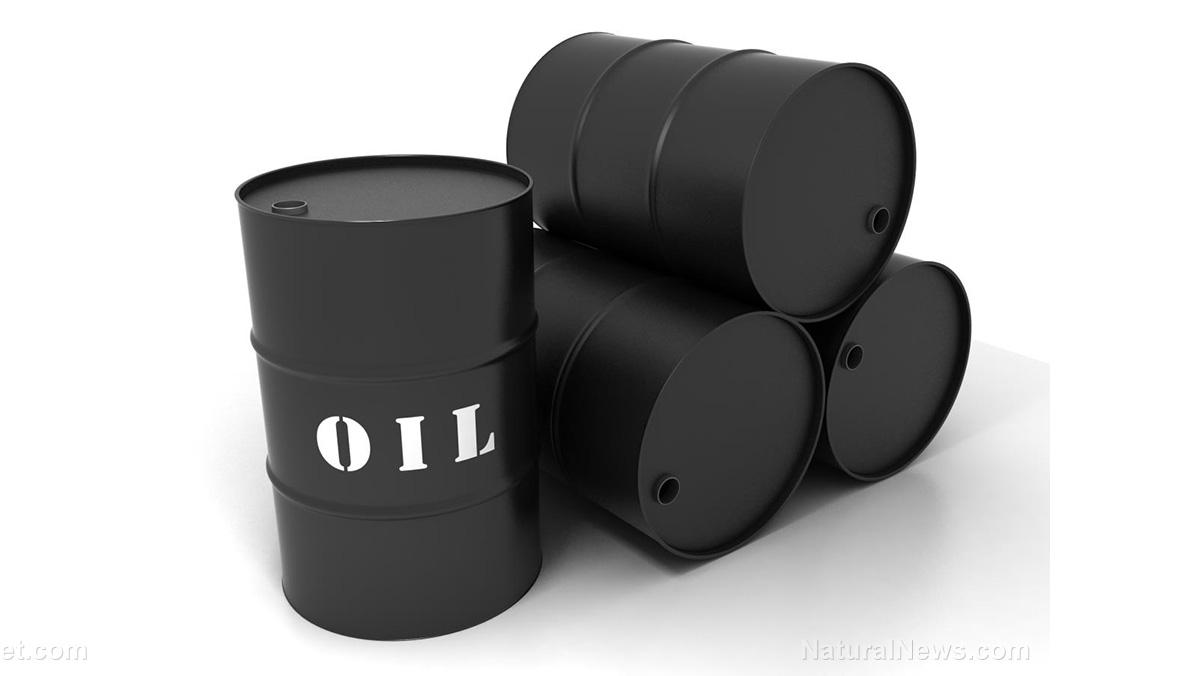Scientists find improved approach for creating fuel from biowaste, making it a good substitute for fossil fuels
02/06/2018 / By David Williams

It seems like every day, researchers find yet another fossil fuel alternative. Not that anyone should be complaining. This time, a team of researchers from the University of Calgary have developed a method to produce a much higher quality and more stable fuel from biowaste, such as raw sewage, which is simpler and a lot cleaner than other methods that already exist. According to a report on the study, the method makes the world that much closer to being free from the use of fossil fuels. The results of the study were published in the journal Fuel, after having been conducted at the Canadian Light Source.
For Hua Song, an associate professor of chemical and petroleum engineering, this should be seen as a major win for biofuels which are being pushed as good alternatives to fossil fuels. “The world energy market is currently dominated by fossil fuels,” he explained. “With increasing concern surrounding climate change and dwindling resources that are associated with the use of fossil fuels, renewable energy sources are becoming increasingly desirable and are currently the fast growing energy source.”
Current methods of converting biowaste into biofuel involves some unnecessarily complex steps. First, the biomass needs to be converted into a kind of biocrude oil, and this requires both a chemical as well as a thermal process. And then afterwards, the crude oil produced needs to be refined much further, and this is done by adding hydrogen under high pressure along with heat, which serves to take away contaminants like nitrogen, oxygen, and sulfur. Overall, this type of method is seen as expensive and not very efficient.
In contrast, Song says that they’ve created an alternative method that not only produces and upgrades bio-oil in one fell swoop, but also works without the need for any high pressures. In place of hydrogen, the researchers used methane for the purification process. They also used it directly in the crude stage, though it was necessary to chemically remove the hydrogen from the methane while the purification process was taking place. This is because hydrogen still needs to be taken out to remove impurities.
The researchers ultimately developed a novel catalyst, which they called HZSM-5, in order to react with methane and trigger it to release hydrogen. This was a major challenge because methane – as a very stable compound – normally doesn’t react with many other compounds. The researchers futher improved the ability of their newly-developed catalyst by coating its surface with different materials. Based on their findings in this regard, they were able to come up with a list of material coatings that would “react best with the methane” to release the hydrogen that’s needed.
Once the researchers evaluated their findings and considered all the steps in their new method, they were able to conclude that they have managed to come up with a new approach that let them produce biofuel much more efficiently. To be more specific, the new method developed by the researchers is both more efficient and has lower potential production costs than pre-existing methods currently available. It should also be noted that carbon remains in the oil in liquid form, which later leads to better quality biofuel, according to the researchers. This form makes it more stable with significantly less greenhouse gas emissions, says the report. It could only be a matter of time until this new solution get implemented for something that would benefit the public. The environment sure would find this fantastic for its own health.
Learn more about alternative and renewable energy sources by visiting Power.news.
Sources include:
Tagged Under: alternative energy, BioFuel, biowaste, Chemistry, energy, fossil fuel, fossil fuels, fuel, green energy, power, recycling, renewable energy, sewage, sustainability


















